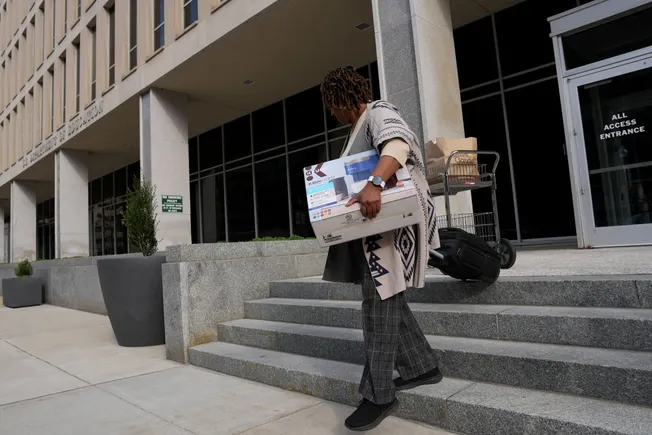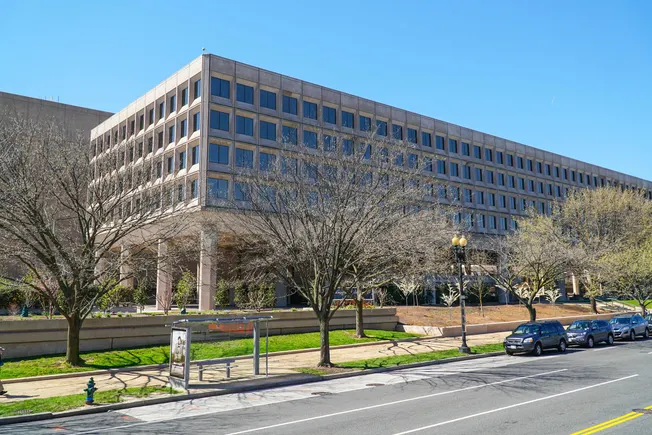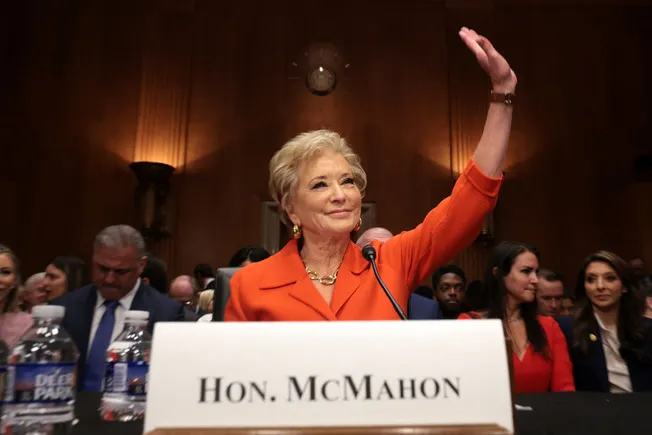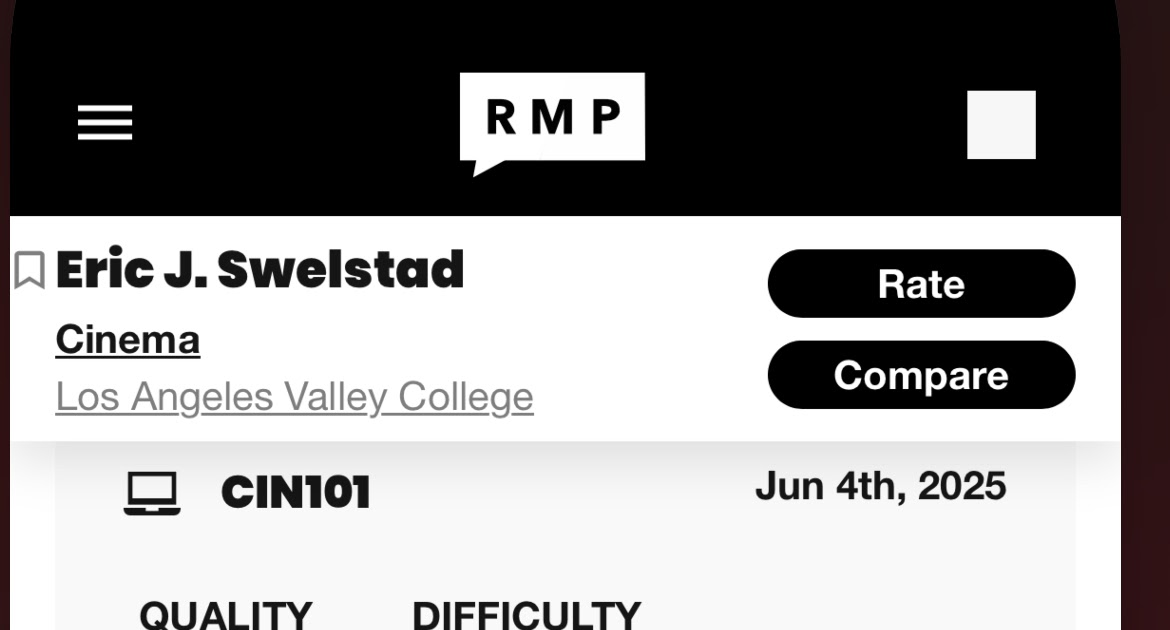Dive Brief:
- The U.S. Department of Education sent a “Dear Colleague” letter on Tuesday to district and state leaders encouraging and guiding them on how to integrate artificial intelligence in schools through existing federal grants.
- The letter signed by U.S. Education Secretary Linda McMahon said that grantees may use federal funds to use AI to enhance high-quality curriculum tools, high-impact tutoring, and college and career pathway advising.
- The department briefly also outlined its principles for responsible AI use in schools. Those principles affirmed that AI K-12 initiatives should be educator-led, ethical, accessible for those with disabilities, transparent in the way new tools are rolled out, and in compliance with federal data privacy laws.
Dive Insight:
The department’s new AI guidance comes at a time when the future of federal oversight of ed tech and K-12 cybersecurity policies remains unclear, given that the Trump administration shuttered the Education Department’s Office of Educational Technology in March and has continued to move toward its plan to dismantle the agency.
On Monday, the Education Department also published a proposed rule in the Federal Register regarding its priorities for using discretionary grant programs to support AI use in schools. The public comment period on the regulatory proposal is open until Aug. 20.
Under the proposal, those seeking federal grant funding for AI projects in schools would need to include a focus on at least one of the following goals:
- Embed AI literacy skills into classroom lessons to ultimately improve students’ educational outcomes.
- Provide educators with professional development in foundational skills for computer science and AI with instruction on how to responsibly use new technologies.
- Partner with states or school districts to offer high school students dual enrollment credentialing opportunities for postsecondary or industry-recognized credentials in AI.
- Support and develop evidence for appropriate ways to integrate AI into education.
- Use AI to support services for students with disabilities.
- Tap into AI to improve teacher training and evaluation
- Use AI tools to reduce time-intensive administrative tasks
Meanwhile, over 400 school district leaders sent a letter to Congress last week asking for lawmakers to restore federal leadership for K-12 cybersecurity and ed tech.
The letter, led by the Consortium for School Networking, pointed to funding cuts at the Cybersecurity and Infrastructure Security Agency that led to the discontinuation of K-12 cybersecurity programs offered through the Multi-State Information Sharing and Analysis Center. The move, they wrote, consequently took away “critical threat intelligence, incident response, and coordination services that many school systems depend on to protect against ransomware and other attacks.”
OET’s closure also left a major hole in guidance for states and districts on key issues such as responsible AI use, digital design, digital access and cybersecurity strategy, the letter said. The district leaders also called for Congress to reinstate staffing for the office.
CoSN CEO Keith Krueger said district technology leaders are increasingly worried that AI will be used for cyberattacks against schools. He added that the demand for more K-12 resources to protect schools from cybersecurity threats is “incredible.”
For instance, the Federal Communications Commission in November 2024 received $3.7 billion in requests for federal funds to help protect district networks. The applications were for a $200 million FCC cybersecurity pilot program.
But the bottom line, Krueger said, is that if the Trump administration fulfills its promise to close the Education Department, “who exactly is going to help school districts with cybersecurity, for instance, or AI?”










